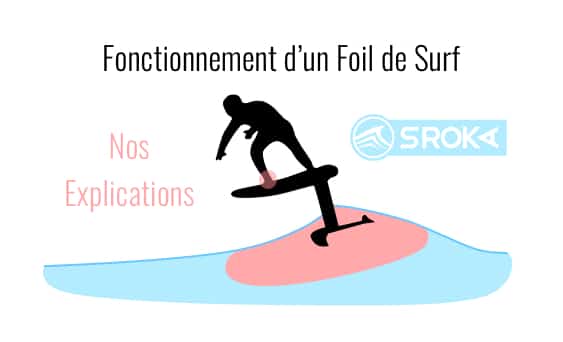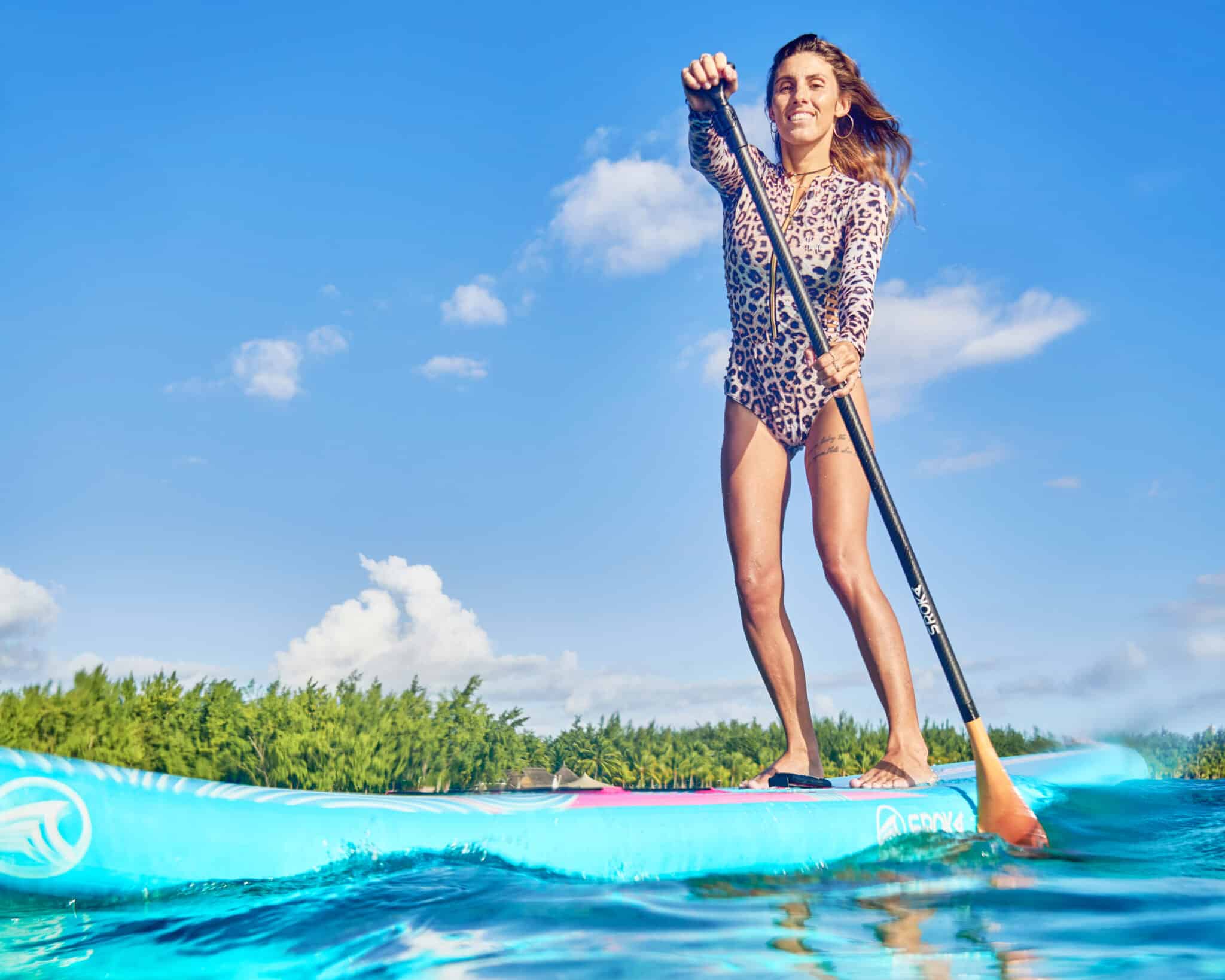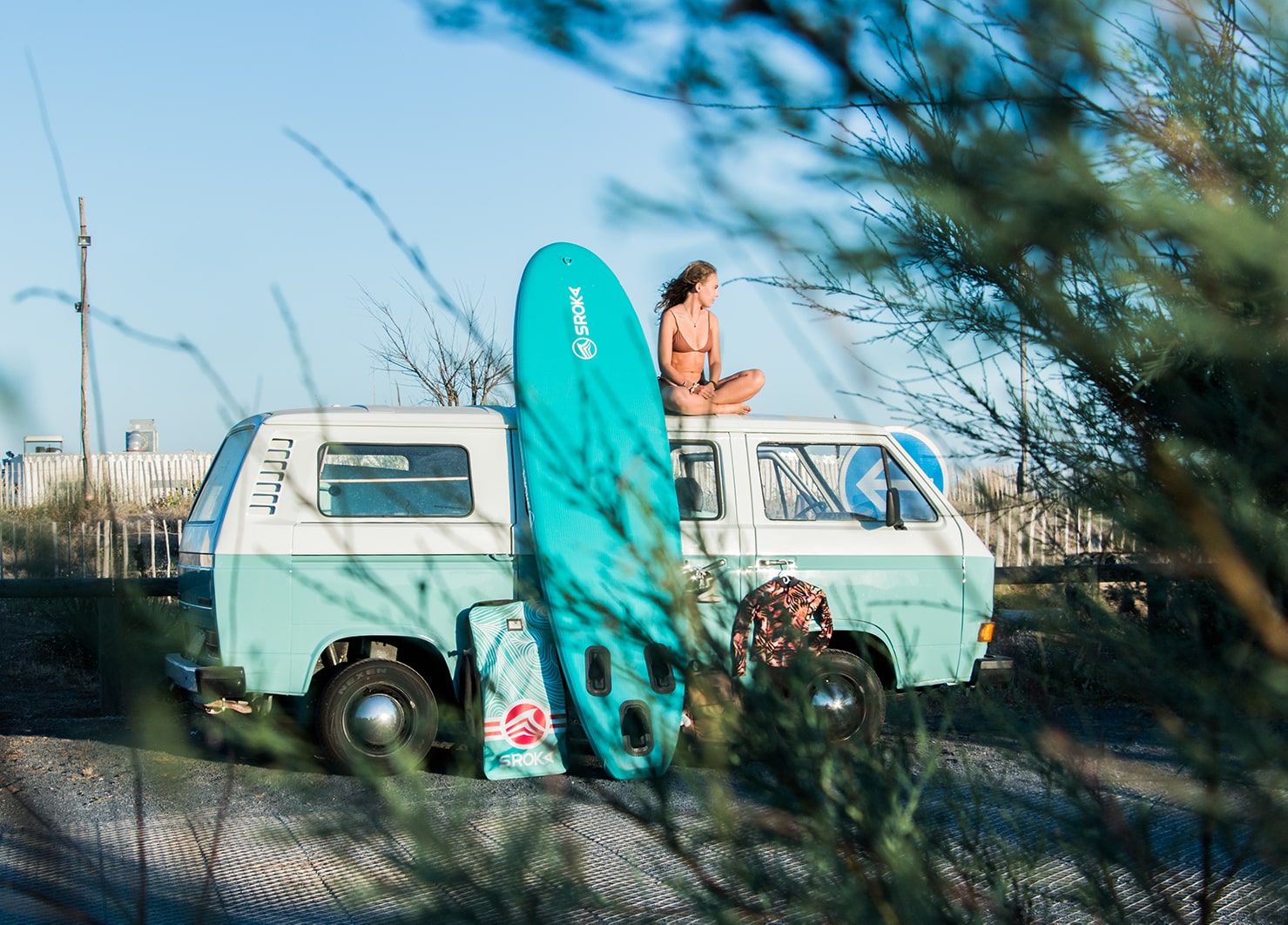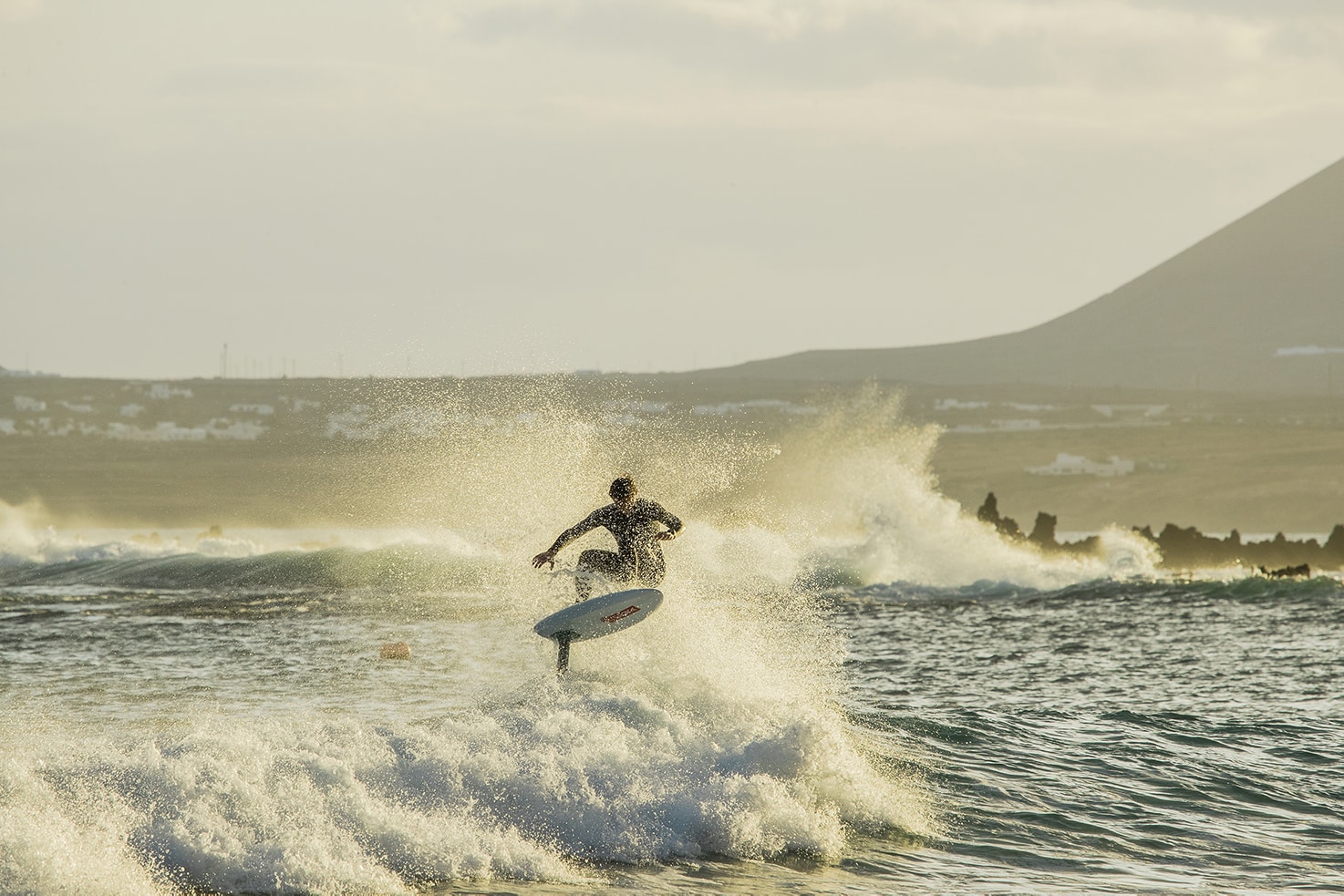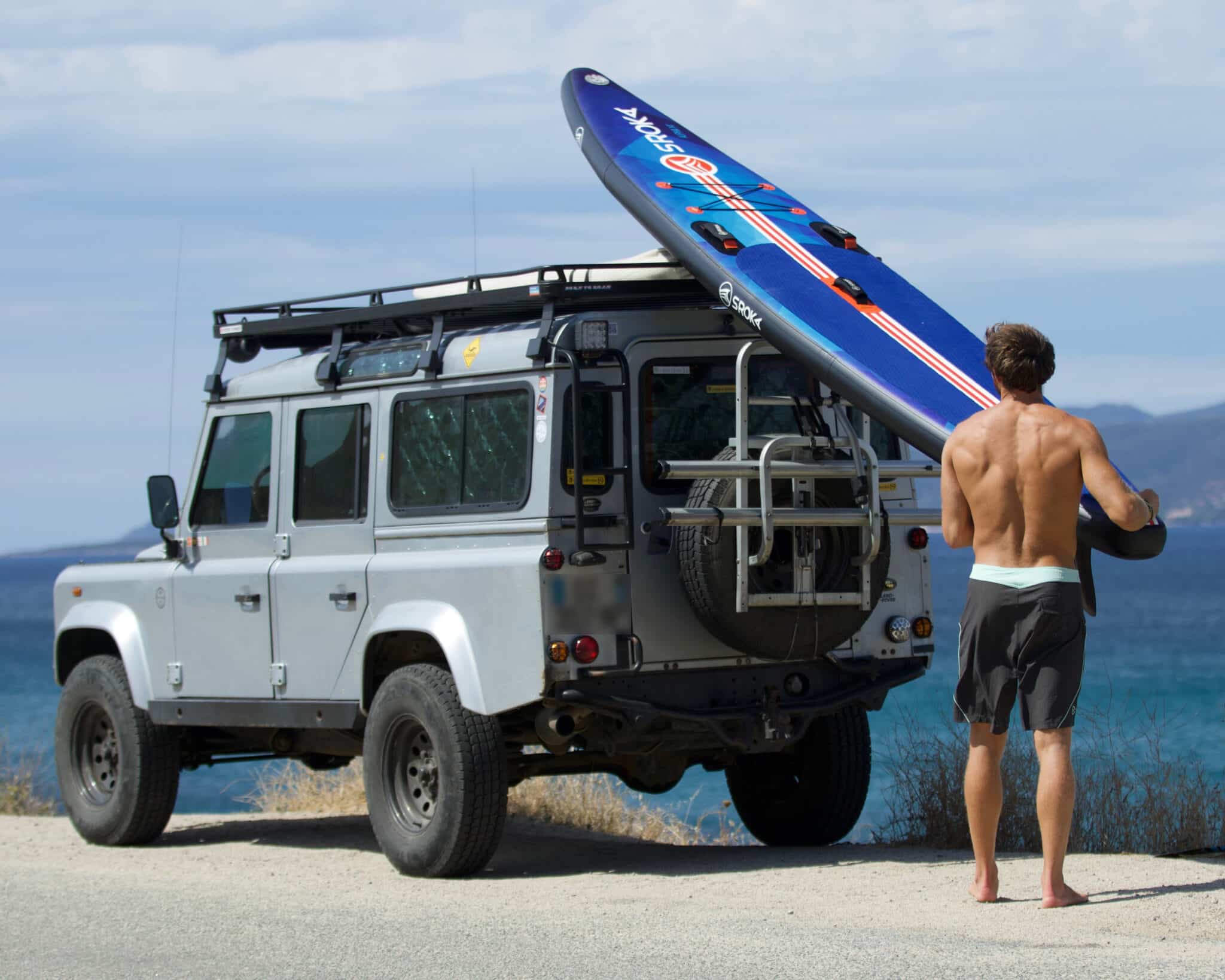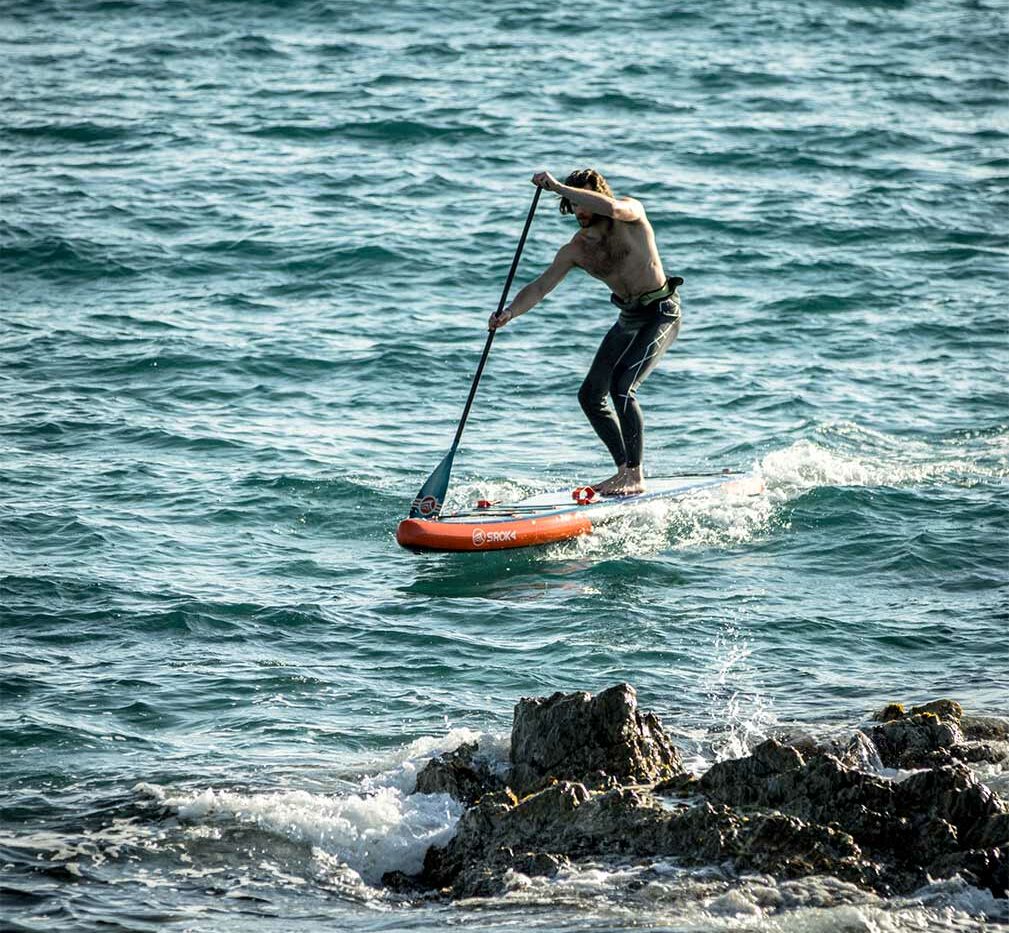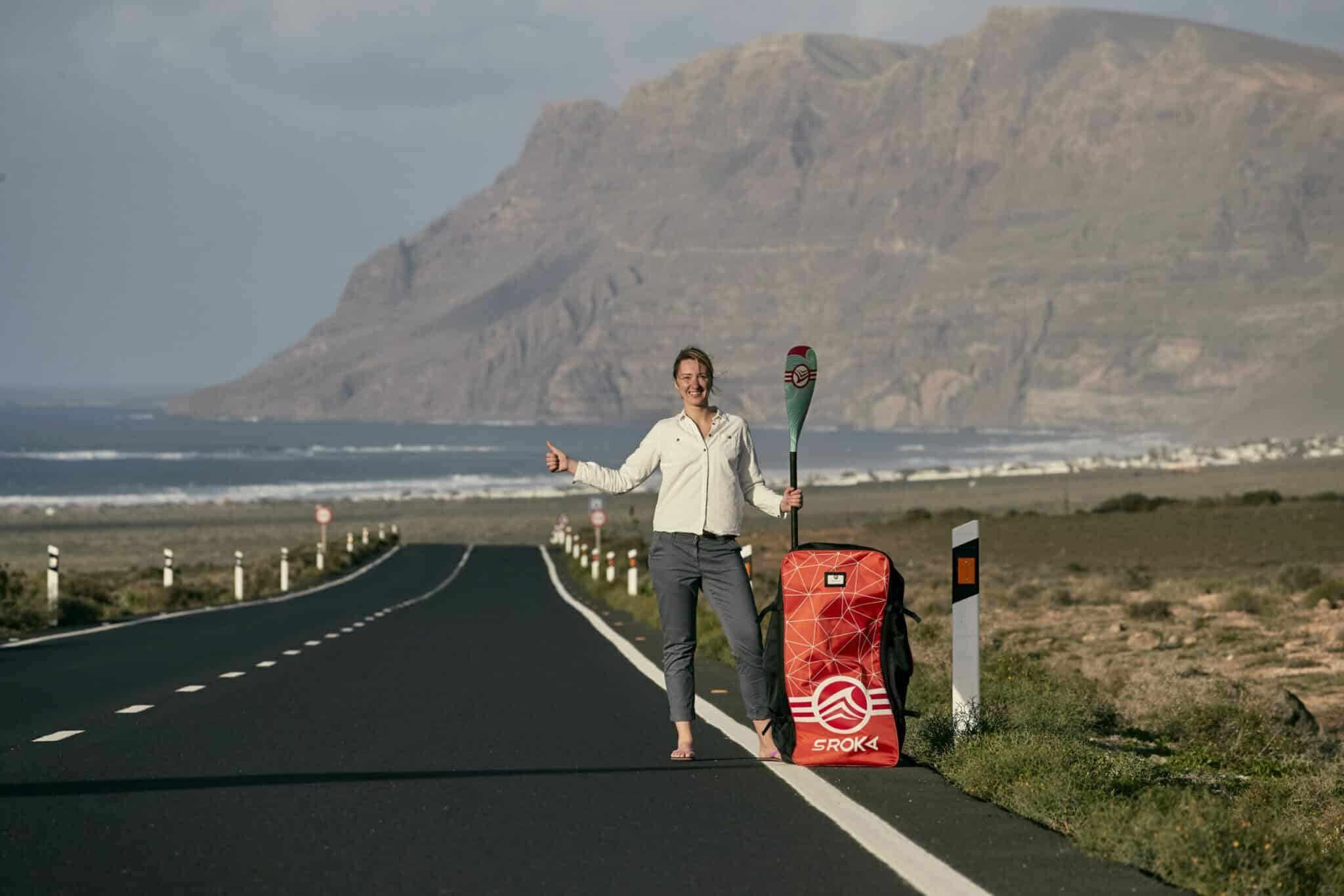 LE MAGAZINE
LE MAGAZINEWhich paddle to use on a lake?

Which paddle to use on a lake?
Stand-up paddling is one of the most accessible of all board sports. Easy and compact, it’s a great way to get around, discover nature, have fun as a family or simply go for a ride on your own, with friends or family. Widely practiced at sea, it’s also growing in popularity on lakes, and in my opinion, it’s best used on lakes, as they’re the easiest type of water to start out on. You can also indulge in a wide range of activities, such as yoga, fitness, fishing, hiking, running, bivouacs, picnics…
In this article, we’ll give you some advice and recommendations to help you choose the most suitable paddle for lake practice.
What type of paddles are suitable for lake use?
There are two main types of paddles: rigid and inflatable. An inflatable paddle is the wisest choice for lakes. A rigid paddle is best for wave surfing in the sea or for racing (although more and more racers are using inflatable paddles for simplicity’s sake). The inflatable paddle is the ideal option if you’re looking for a versatile SUP (leisure, hiking, fishing, yoga…).
A good-quality inflatable paddle guarantees excellent gliding performance, better shock resistance and a more affordable price than a rigid paddle. Not to mention easy transport and storage. In other words, an inflatable paddle is the best option for lake paddling.

The inflatable paddle
1. What are the advantages of an inflatable paddle?
- Easy to transport
- Versatility
- Ideal for starting out alone or with the family
- Value for money performance.
2. The disadvantages of an inflatable paddle
- The rigidity of an inflatable paddle is determined by the amount of material on it. The more layers of pvc an inflatable paddle has, the stiffer, stronger and more durable it will be. This also determines the paddle’s stability. In other words, a first-price inflatable paddle will be less stable and less resistant.
- The stability of an inflatable paddle depends on its width: the more stable a paddle, the wider it is. On the other hand, a very stable and therefore wide paddle will be slower. Paddling on a lake is relatively easy because there are rarely any waves, so you can afford to have a paddle that’s tapered and slippery to maximize the sensation of speed.
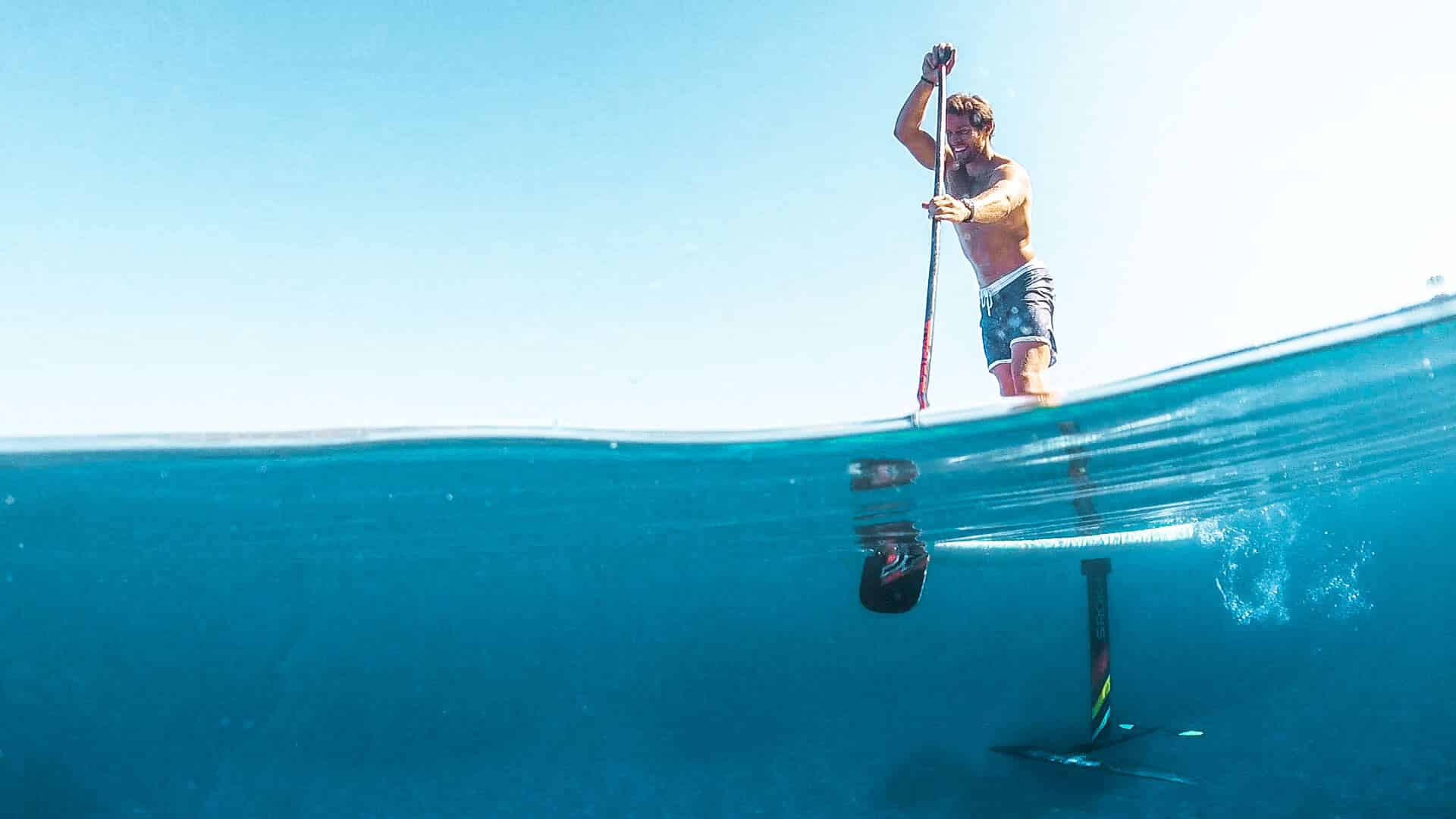
The rigid paddle
1. What are the advantages of a rigid paddle?
- Stability
- Performance
- Durability.
2. The disadvantages of rigid paddles
- More cumbersome and therefore less practical to transport and handle.
- More fragile on impact with stones
- More expensive
Which paddle is best for lake sailing?
The shape of the paddle influences its stability, glide and maneuverability. Paddles come in a variety of shapes. There’s a trade-off between glide and stability. A thinner paddle will have better water penetration and glide. It will push less water, but will be less stable. The advantage of a calm body of water, such as a lake, is that you can choose a paddle that’s a little narrower than one in the sea, thus maximizing glide.
For lake use, we advise you to choose a quality paddle. Depending on your water surface and shoreline, a first-price paddle can be quickly damaged. By opting for a stronger paddle, you’ll achieve greater product durability.
Adapt your paddle to your size and needs
Here are a few tips to help you choose your paddle:
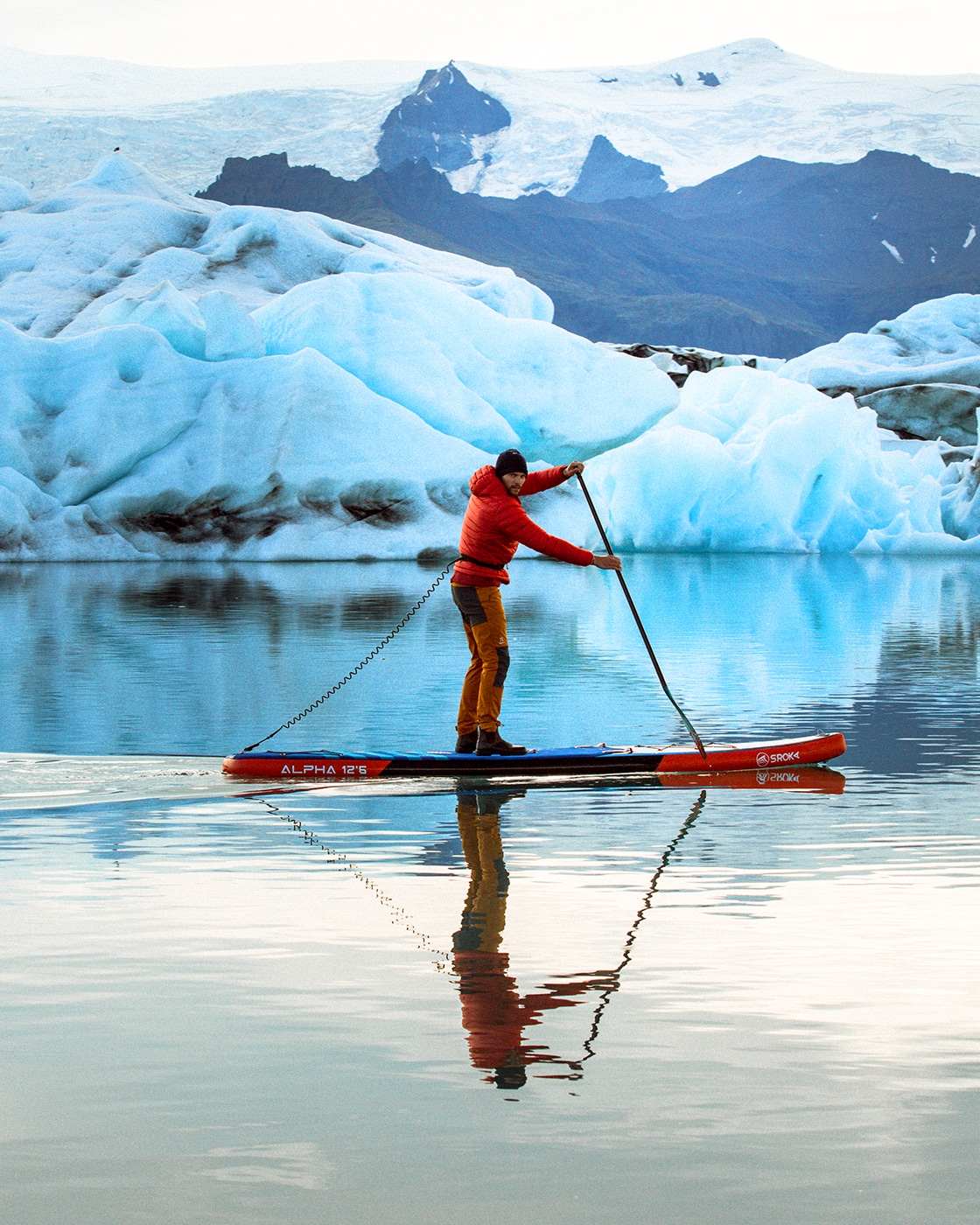
If you’re a beginner
If you’re a beginner or looking for a versatile board, you can opt for an allround paddle, which is a board with a wide, round nose (between 30 and 34 inches), offering excellent stability and maneuverability. This type of board is ideal for lake excursions.
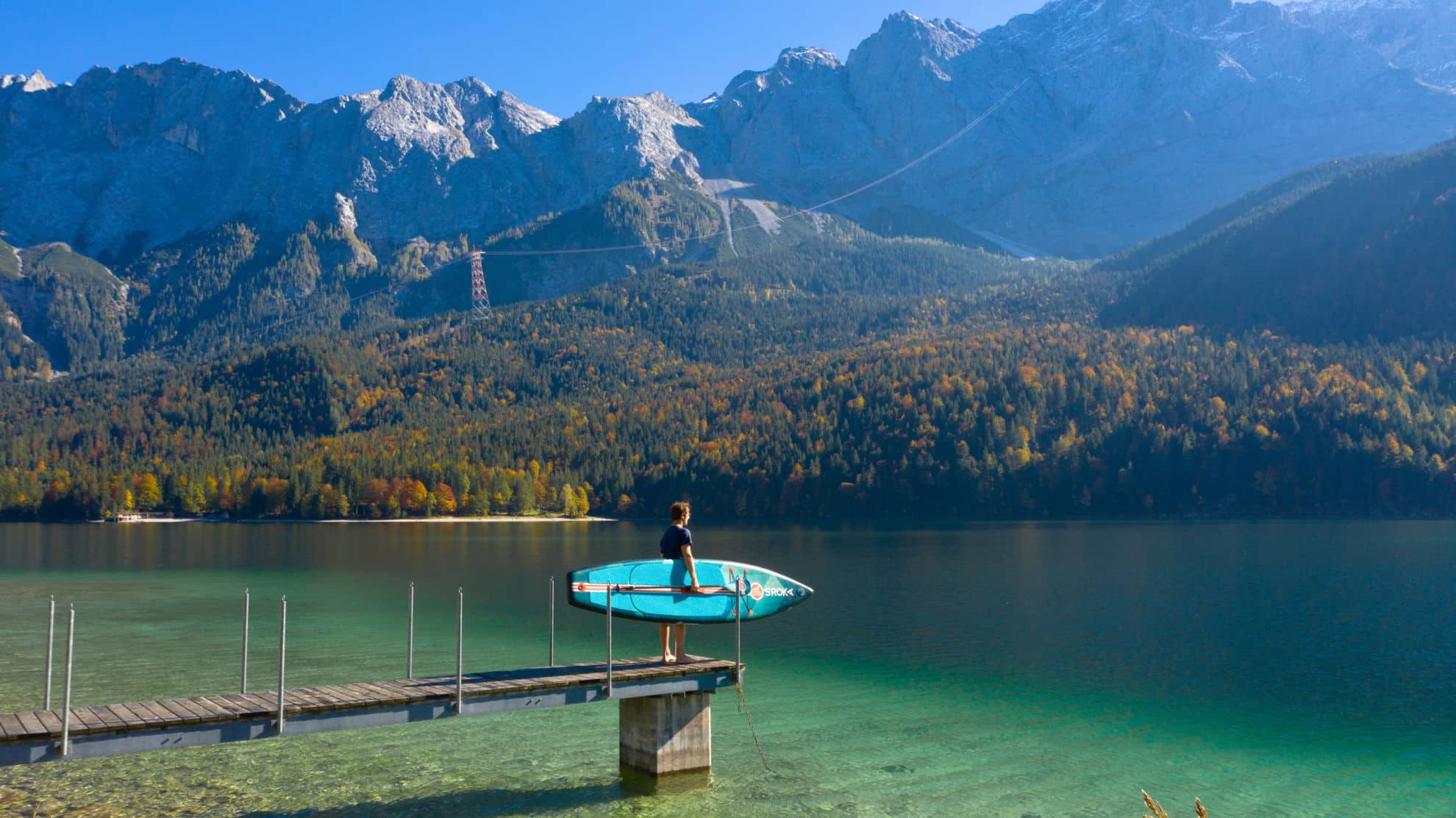
If you are experienced
If you’re more experienced, looking to race or cover longer distances, you can opt for a race paddle, which is a long (over 12 feet), thin (under 28 inches) board with a pointed nose at the front, giving you excellent glide. Race paddles are less stable and less maneuverable, but faster and with a good ability to stay on course. Alpha fusion models less than 28″ wide are suitable; the greater your weight, the greater the length you’ll need to get the right volume.
If you are an intermediate paddler
If you’re an intermediate paddler, you can also opt for a touring paddle, which is a long, tapered board (between 11’6 and 14 feet) of intermediate width (between 28 and 32 inches), with a pointed front and a slightly wider rear. This type of paddle is optimized for glide, speed and stability.
Choosing the right paddle for your lake activity
Paddle for fishing
If you’re a fishing enthusiast, you can opt for a fishing paddle, which is a wide board (>32 inches) and voluminous, offering good buoyancy and space to carry your gear, with an elastic net to secure your belongings.
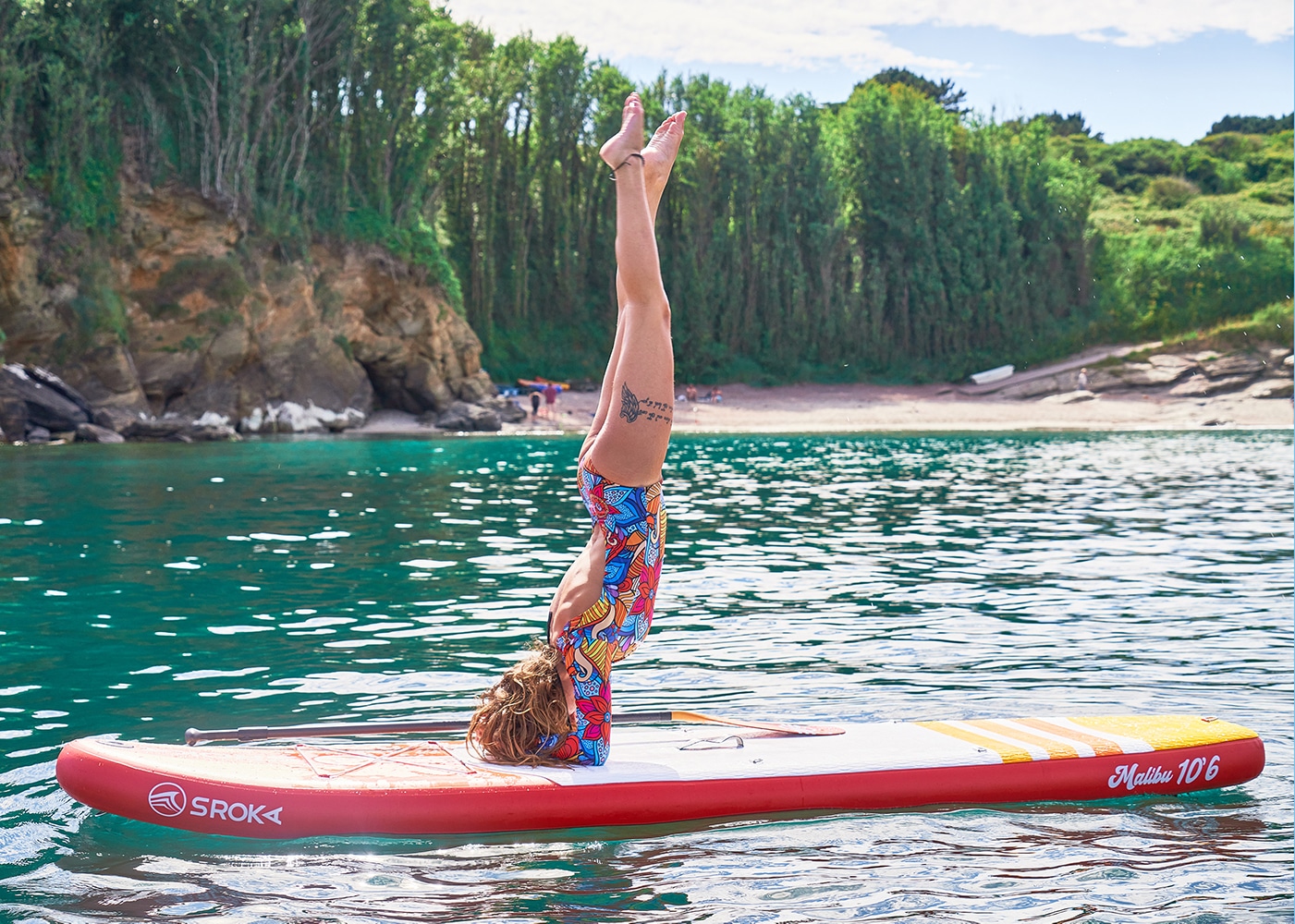
Paddle for yoga
If you’re a fan of yoga, fitness or looking for a relaxing board, you can opt for a very wide (over 32″) and very stable paddle board, offering a good surface for practicing postures without falling into the water. This type of board is ideal for yoga on calm lake waters. Our XL or XXL giant paddles can be used by several people to organize jousts or aperitifs on the water. However, they cannot be used on their own.
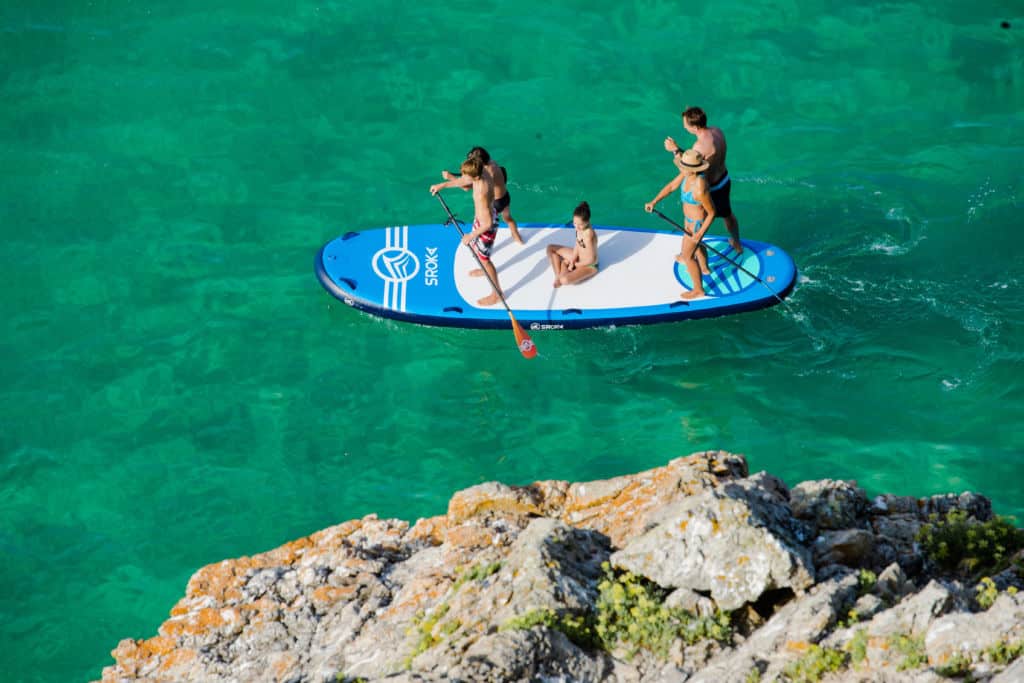
For group paddling
If you want to paddle with several people on the same paddle (as a family or in competition mode), opt for our 2-person duo paddles for two people, or our XL paddles (up to 6 people) or XXL paddles (up to 8 people) for families or friends.
The Best Lakes for Paddleboarding
Enclosed is a non-exhaustive list of fabulous places to discover by paddle. As far as weather conditions are concerned, you don’t need to be a weather expert. Just make sure there are no thunderstorms or strong winds.
- Lac de Sainte Croix (Var/Alpes de Haute-Provence)
- Lac du Bourget (Savoie)
- Lake Pavin,
- Lake Castillon,
- Lake Annecy
- Le Léman
Practical tips for paddling on a lake
Safety
In terms of safety, don’t forget that even if you’re on a lake, you still need to know a minimum of safety rules.
- don’t leave at dusk on your own
- sail with a leash board. In the event of a storm, you’ll always be connected to your paddle.
- If you’re not a champion swimmer, opt for a buoyancy aid or lifejacket.
- wear a wetsuit if the water is not warm.
- always let someone know you’re leaving.
- Avoid going into the path of motorboats.
Paddle maintenance
You don’t have to do much maintenance on your paddle. You just need to pay attention to several points in order to prolong your equipment
- by your heat, deflate your paddle slightly to prevent it from exploding
- Don’t leave your paddle in a car in direct sunlight. In a car, the temperature rises very quickly to 80 degrees. This will weaken the glue and may cause your paddle to leak.
- Watch out for objects on the banks that could puncture your paddle.
In conclusion
Opt for a paddle that’s longer and thinner if you want to maximize glide and take long rides on a lake. A wide paddle will offer more stability but will not move as fast.
If you opt for a first-price paddle, beware. To reduce the price of a paddle, you have to reduce the quantity and quality of the materials used. The result is a loss of stability and a board that twists in all directions. It’s better to rent a paddle if you can’t afford it than to buy a low-end product that won’t give you stability and efficiency.
 Le Magazine
Le Magazine



